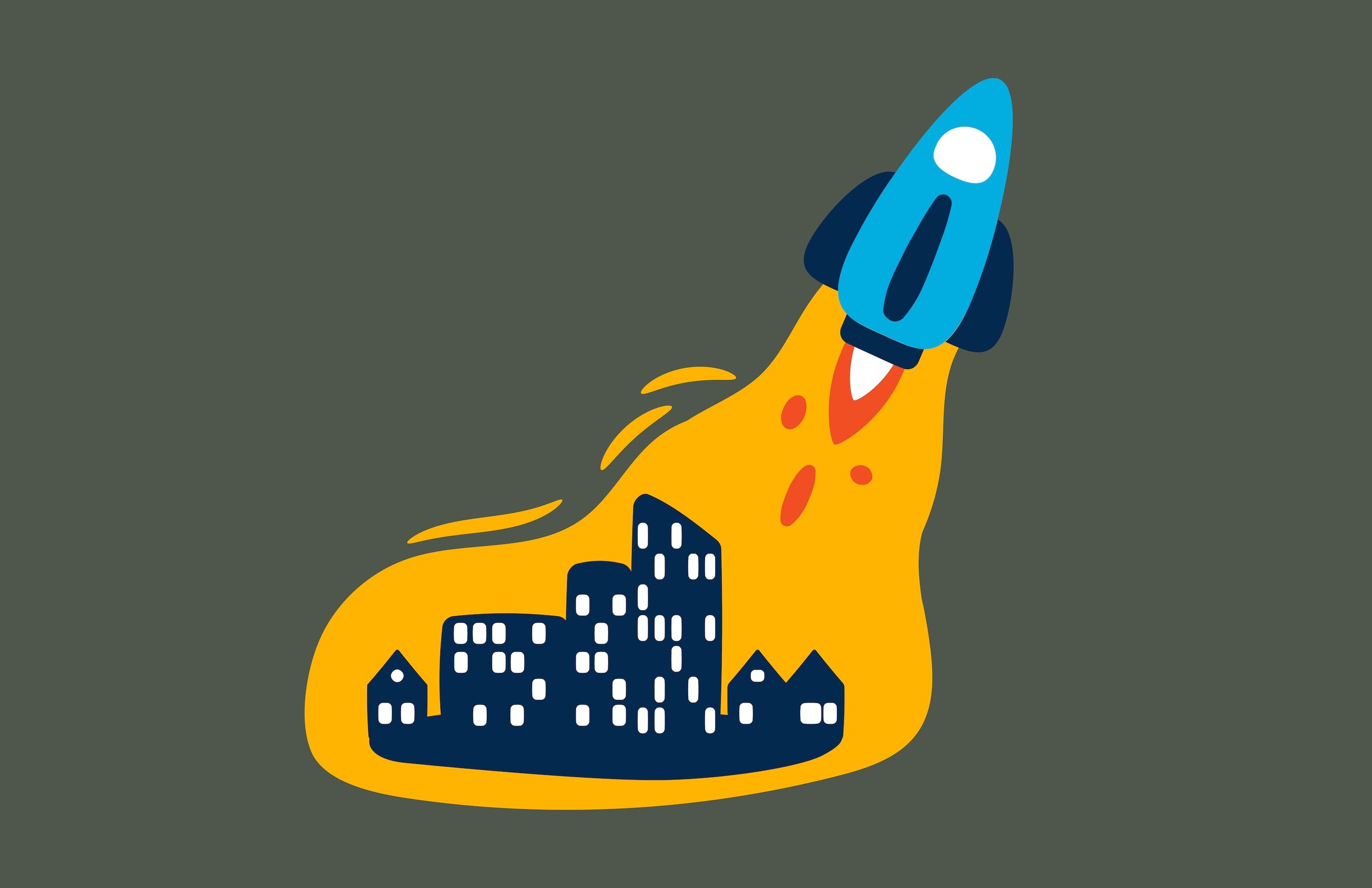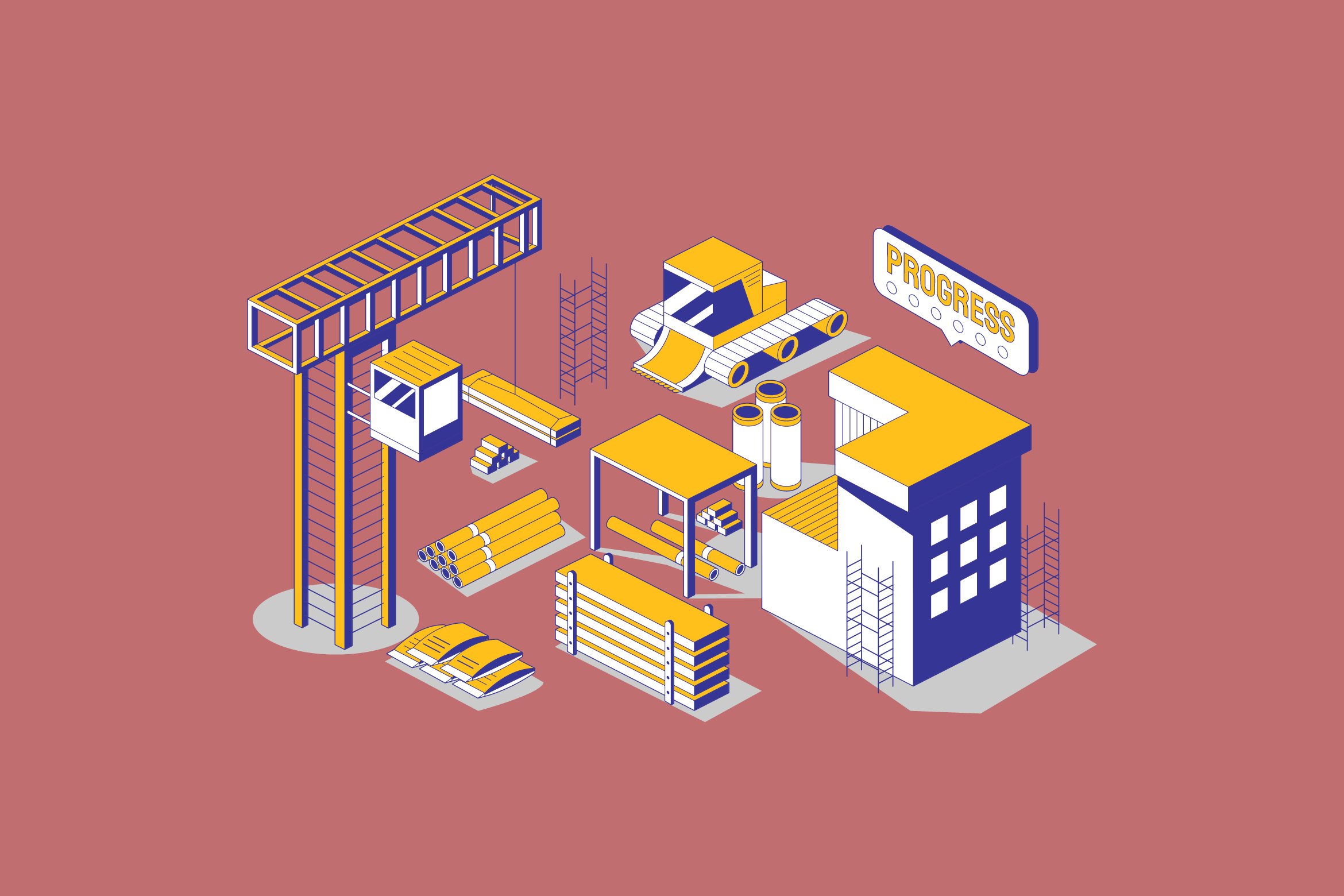What is 'Skeuomorphism' and how should it influence your digital product?
In the ever-evolving realm of digital design, the concept of skeuomorphism has emerged as a key principle shaping user experiences. But what exactly is skeuomorphism, and how should it influence your approach to crafting digital interfaces?
Skeuomorphism refers to the design technique wherein digital elements mimic real-world counterparts or analogies. This approach leverages familiar visual cues, textures, and behaviours to create a sense of familiarity and intuitiveness in digital interfaces. Think of the virtual bookshelf in an e-reader app that resembles a physical bookshelf or the camera icon on your smartphone that resembles a vintage camera.
At its core, skeuomorphism aims to bridge the gap between the digital and physical worlds, offering users a seamless and intuitive interaction experience. By incorporating elements that users are already familiar with from the physical world, skeuomorphic design can enhance usability, reduce cognitive load, and evoke emotional connections.
>>> One of the primary benefits of skeuomorphism is its ability to provide visual cues that guide users through digital interfaces.
For example, buttons that resemble real-life buttons or sliders that mimic physical sliders provide clear indications of their functionality, making it easier for users to navigate and interact with the interface. This approach can be particularly beneficial for users who may not be tech-savvy or those transitioning from traditional to digital platforms.
Furthermore, skeuomorphic design can evoke a sense of comfort and nostalgia, tapping into users' emotional connections with familiar objects and experiences. By incorporating elements such as textures, shadows, and animations that mimic real-world interactions, designers can create a more immersive and engaging digital experience that resonates with users on a deeper level.
However, while skeuomorphism can enhance usability and evoke emotional connections, it's essential to strike the right balance and avoid excessive ornamentation or unnecessary embellishments. Overly realistic design elements can lead to cluttered interfaces and detract from the overall user experience. Designers must carefully consider when and how to incorporate skeuomorphic elements to ensure they complement the overall design aesthetic and serve a functional purpose.
Skeuomorphism offers valuable insights into how digital interfaces can leverage familiar real-world cues to enhance usability, evoke emotional connections, and create immersive experiences. By carefully incorporating skeuomorphic elements into their designs, designers can create digital experiences that are intuitive, engaging, and memorable for users.
You might also like:





